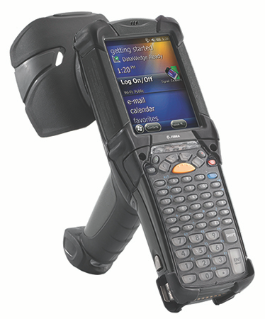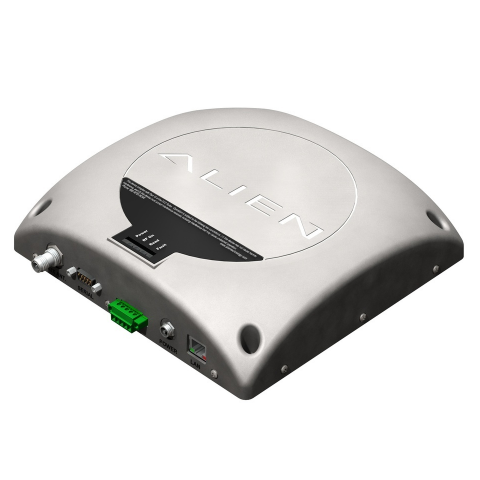RFID Readers: Hand-held versus Fixed
“The more that you read, the more things you will know.”
― Dr. Seuss, I Can Read With My Eyes Shut!
Any primer on RFID will tell you that the RFID Reader is an essential component of any RFID application. To put it simply, it collects information from the RFID tags. When deciding on an RFID application, the RFID reader is one of the first pieces of hardware that needs to be investigated and considered as your requirements are developed.
Basically, the RFID reader reads the tags. The reader—less frequently known as an “interrogator” –is the piece of hardware that contains the radio that sends and receives radio waves when communicating with the tags in its read field. Additionally, the reader needs one or more antennas to send and receive the radio signal.
For passive UHF there are two major classes of RFID readers: hand-held and fixed. We will see that within each class there are several variations available with regards to form factor, functionality, and cost. The basic difference between these two types of readers is what moves. In the hand-held model, the person holding the reader goes to the tags while in the fixed model, the tags go by the reader and its antennas that are located in a fixed position (i. e. – hand-held: you go to the tags, fixed: the tags go by you).
Hand-held RFID readers are portable because they are usually battery-powered and are designed to be carried while doing the RFID scanning. They are often IP-addressable computers with an operating system such as Windows (Windows Mobile and CE) with a growing interest in using Android and iOS Operating Systems (OS). The antenna is embedded in the device. Hand-held readers can also have a bar code scanner and various types of communication options such as Bluetooth and WiFi. Below is an example of a popular type of Zebra Technologies, Windows hand-held reader.
Example of Zebra Technologies UHF RFID Reader with Windows Mobile OS
Fixed RFID readers are designed to be deployed in a set location. These types of readers can have one, two, four, or more antennas attached to them with special antenna cables. Fixed readers are usually attached to a network with an Ethernet connection and may include options for WiFi and Power-Over-Ethernet (POE). An example of a popular brand of fixed reader is shown below.
Example of Speedway Revolution Fixed UHF RFID Reader from Impinj
A variation of the fixed reader is the integrated RFID reader. This is a fixed reader with a built-in antenna. These types of readers are generally less expensive and useful for applications that do not require multiple antennas or have space constraints. Below is the ALR-9650 Integrated RFID Reader from Alien.
Example of Alien ALR-9650 Integrated RFID Reader
Which reader you choose will depend on your application requirements and how the user and tags will interact with the reader. Additionally, other considerations include understanding the read range your application requires, the surrounding environment (e.g., wood, metal, water, etc. can greatly change the size of the read field and the ability of a reader to detect the tags), and location to power and network connectivity (e.g., Ethernet, WiFi). As far as pricing goes, UHF RFID Readers range in price starting from five hundred dollars at the low end to over four thousand at the high end.
In addition there are other readers necessary for Low Frequency, High Frequency, and active tag environments.
For additional information on RFID components including a full array of RFID hand-held, Bluetooth, fixed, and integrated readers contact us at the Gateway RFID Store.



